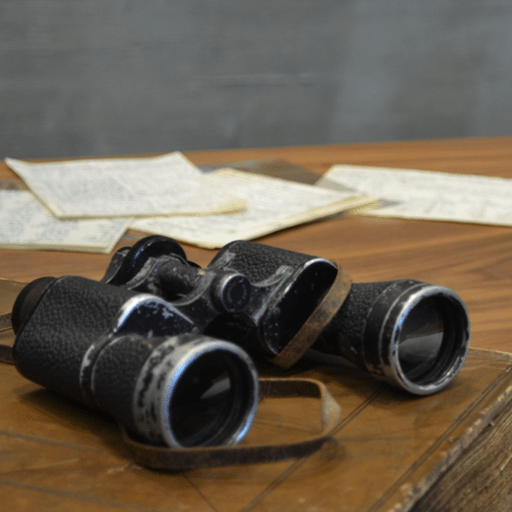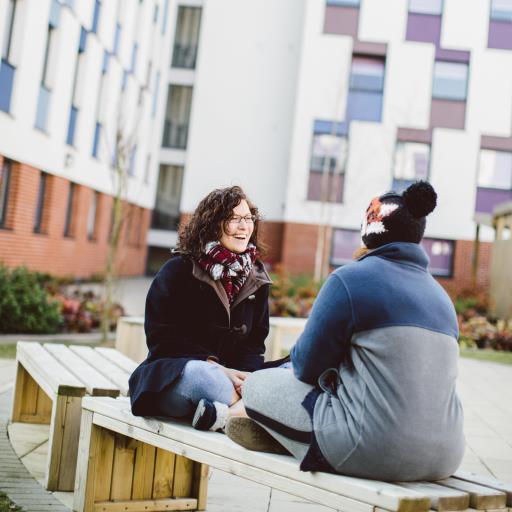The Burrows Lecture, was endowed at the University of Essex in 1966 as the result of a gift from Major J.H. Burrows who was proprietor and Managing Director of the Southend Standard group of newspapers and a Freeman of Southend.
In making his gift Major Burrows set out certain conditions regarding the lecture:
- The subject of each lecture must always be connected with some aspect of the historical or present-day life of Essex.
- The lectures are given at the University of Essex by a person distinguished for their academic work in the field,
- The lectures must be open not only to members of the University community but also to the general public, to forge new links between the University and the people of Essex. The Burrows strives to engage with the entire county. Whilst bringing audiences to the Colchester Campus, the Lecture has travelled to Southend, Chelmsford and central Colchester - reflecting the University’s academic partnerships.
Over the years the endowment has, and continues to reflect the many-sided contribution to the public life of Essex made by members of the Burrows family, who over three generations, have been prominent in many different fields of activity – as soldier, military historian, barrister, archaeologist and farmer. Members of the family have served as Borough and County Alderman, as Mayor of Southend, Chairman of the Essex County Council, and as Deputy Lieutenant of the County. Since the beginning of the twentieth century, they have contributed to Essex journalism as owners, managers and editors of the Southend Standard group of newspapers and have always taken a special interest in the development of local education.
Previous lectures
2023
Mike Levy - Essex - a first sight of freedom
On the 85th anniversary of the Kindertransport, Mike Levy told the remarkable story of this unique rescue and the role Harwich played.
In the winter of 1938, thousands of unaccompanied children arrived in the Essex port of Harwich. They were Jewish refugees fleeing persecution at the hands of the Nazis. Over 1,000 youngsters spent their first weeks and months on the Essex coast before being sent into the arms of complete strangers. Mike Levy, author of 'Get the Children Out - Unsung Heroes of the Kindertransport', tells the remarkable story of this unique rescue, a glimmer of light amidst the crushing tragedy of the Holocaust.
2010 - 2019
2017: Dr. James Canton
J.A Baker: His Life, Works and Legacy
2014: Professor Paul Thompson
The University of Essex and Wivenhoe from 1964: Pioneering Years
2013: Richard Mabey
Edgelands of Essex
2012: Professor Peter Holman
After Byrd: Music in eighteenth-century Essex’
2011: Ken Warpole
Time and Tide: the moral theatre of the Essex shoreline
2010: Matthew Poole
From chavs to contemporary art: Anti-institutionalism and iconoclasm in Essex
2000 - 2009
2009: Professor Jules Pretty OBE
Essex: This Luminous Coast
2008: Philip Crummy, Director of the Colchester Archaeological Trust
‘Always finding something’ Highlights of archaeology in Colchester
2007: Professor Andrew Motion, Poet Laureate
The Ashground: An Essex childhood
2006: Professor Sir Ivor Crewe, Vice-Chancellor of the University of Essex
What are universities for? Reflection on 40 years past - and ahead
2004: Simon Lyster, former Director of the Wildlife Trusts
Is there a future for Essex's Wildlife - and does it matter anyway?
2003: John Tusa, Director of the Barbican
Shoemakers to the world: The Bata Estate on the Essex Marshes, 1939-1960
2002: Professor David Cannadine, Director of the Institute for Historical Research
A Centenary of Civic Grandeur: History all Around us
2001: Keith Turner, National Trust
Constable: his Landscapes then and now
2000: Margaret Drabble, author
Arnold Bennett: Upwardly Mobile in Thorpe-le-Soken
1990 - 1999
1999: Graham Harvey
Reclaiming the Countryside
1996: Professor Anthony King, Department of Government, University of Essex
How will Essex Man (and Woman) vote in 1997?
1995: Margaret Gelling
Signposts to the Past - Placenames and Landscapes in Suffolk and Norfolk
1994: Professor Geoffrey Martin, Department of History, University of Essex
Some Essex Historians
1993: Dr Christopher Gibson
What Future for the Essex Coast
1992: David Cleveland, East Anglian Film Archive, University of East Anglia
Essex on Film
1991: Ruth Rendell, author
A Place in Fiction
1990: Ronald Blythe, author
The Essex Connection
1980 - 1989
1989: Norman Scarfe
Essex seen from Suffolk - A Comparative Study of Two Counties
1988: Dr A Sutcliffe
Ice-age Mammals in Essex
1987: Anthony Howard
R A Butler
1986: Professor Stanford E. Lehmberg
An Essex Man at the Exchequer: Sir Walter Mildmay and Queen Elizabeth
1985: W.H. Liddell
From Forest of Essex to Epping Forest
1984: Nancy Briggs
The Georgian Country House in its Essex Setting
1983: Sir Nigel Strutt DSc, DL
Essex Farming in the last two Centuries
1982: Shirley Williams MP
What Chance for Jobs
1981: Bruce Kent , General Secretary, Campaign for Nuclear Disarmament
Nuclear War: Survival or Prevention
1980: Colin Ward
The Essex Plotlands
1970 - 1979
1979: Dr Arthur F.J. Brown , Department of History, University of Essex
The Chartist Movement in Essex and Suffolk
1978: Ronald Stevenson , F.R.M.C.M
Aspects of the Arts in Essex and East Anglia
1977: Dr Alan Macfarlane , King's College, Cambridge
Witchcraft in Essex
1976: Dr Paul Thompson
William Morris: Artist and Socialist
1976: Jack Lindsay
The Significance of William Morris
1975: Dr Christopher Hill
From Lollards to Levellers - Popular Radicalism in Sixteenth and Early Seventeenth Century England
1973: George Ewart Evans
Oral Tradition
1972: Professor P.W. Edwards , University of Essex
The Extinction of the Elizabethan Drama
1971: Sir Nikolaus Pevsner , Department of History of Art, Birkbeck College
English Architecture of the Age of Shakespeare
1970: Peter Willmott , Institute of Community Studies
Social Life in London and its Countryside - 2000AD
1960 - 1969
1968: Jonathon Mayne , Victoria and Albert Museum
John Constable and East Anglia
1967: Peter Laslett , Trinity College, Cambridge
The Social Structure of an Essex Rural Community - The village of Ardleigh in 1976
1967: Maurice Cranston , Reader in Political Science, London School of Economics
Locke at Oates
1966: F.G. Emmison, Essex County Archivist
Independent or Intractable? The Essex Spirit



